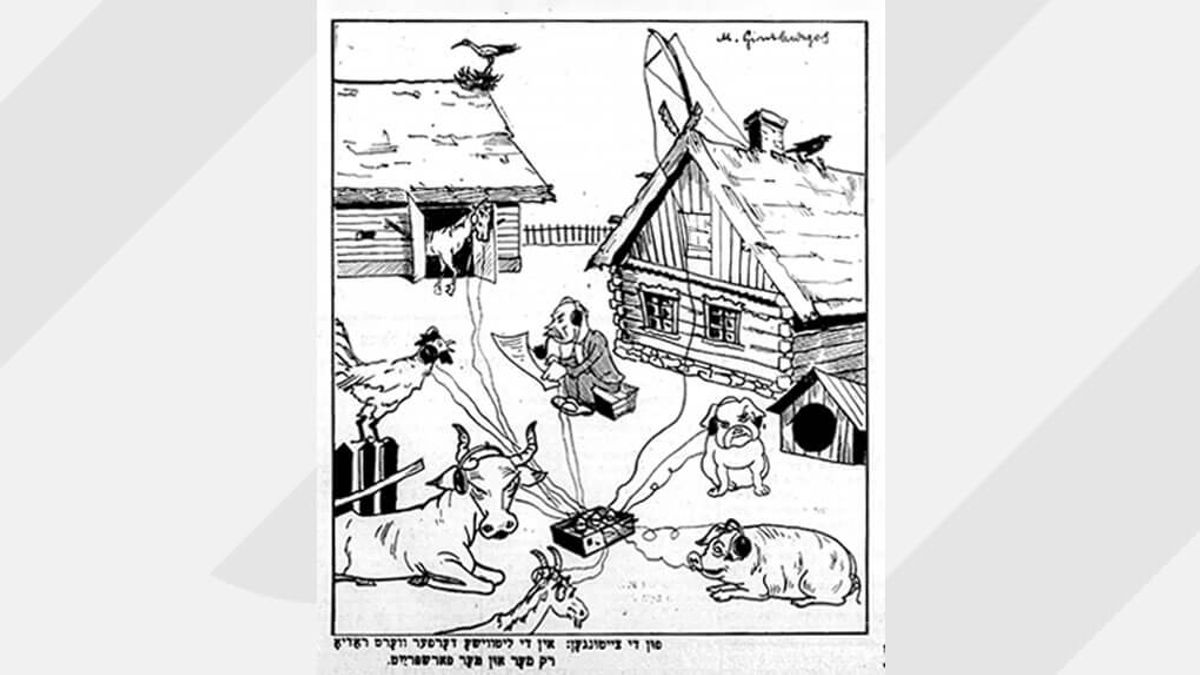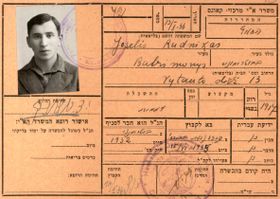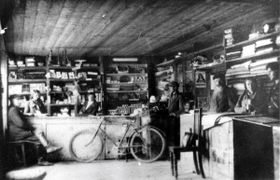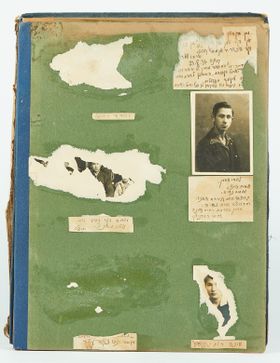What Did the Shtetl Read?


On Scandals and Radio Sets
The year of 1927 blessed Lithuania with a lot of rain—and, thank heavens, enough scandal. Like the rest of Lithuania, the Šeduvians are following a nationwide drama. In broad daylight, at 1:30 PM, a man got shot. The shooter fired 7 bullets into the back of his wife’s lover. He did it out of passion and revenge – that’s why he needed all 7 bullets. The Voice of Panevezys was quick to offer its commentary: “a dissolution of family is the greatest national tragedy.”
Many interwar newspapers were full of such news, gossip, and advice. Among them were The Farmer’s Adviser, The Little Star, The Nationalist Voice, Lithuania, and Unity. Unlike the youth from the neighboring Pavartyciai village notorious for their “drunkenness and long hair that could easily be braided,” the Šeduvians were reading and subscribing to these papers.
Yet in 1927, some townspeople of Šeduva took a step further. They purchased their first radio sets. Pop and classical music, lectures about literature and art entered their lives. The high price did not scare them off. On the contrary, friends chipped in; radio owners shared their sets with their neighbors; they organized public listening events. Everyone got used to the radio fast, like to the internet.





